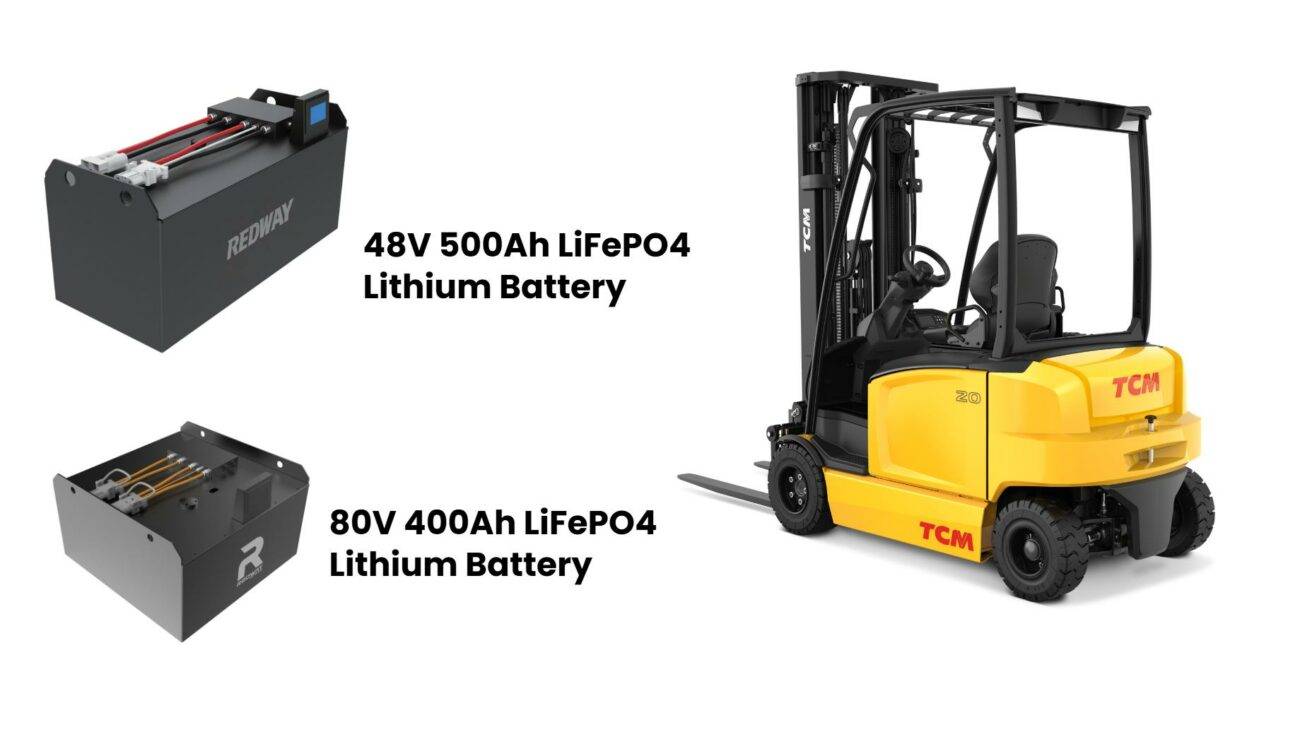
Blog
What Factors Influence Wei Ken Forklift Battery Replacement Costs?
Answer: Wei Ken forklift battery replacement costs range from $2,000 to $8,000+, depending on battery capacity, voltage, technology (lead-acid vs. lithium-ion), and labor fees. Prices vary based on regional supplier rates, warranty terms, and disposal requirements. Lithium-ion models cost more upfront but offer longer lifespans and energy savings.
LiFePO4 Forklift Batteries Wholesale
How Does Battery Capacity Affect Wei Ken Forklift Replacement Costs?
Battery capacity (measured in ampere-hours/Ah) directly impacts costs. Higher-capacity batteries (750-1,200 Ah) for heavy-duty forklifts cost $5,000-$12,000, while smaller models (300-500 Ah) range $2,000-$4,500. Industrial expert Lisa Morgan notes: “Undersizing capacity accelerates wear – always match Ah ratings to your forklift’s energy draw for optimal cost-efficiency.”
| Capacity (Ah) | Typical Cost | Recommended Use Case |
|---|---|---|
| 300-500 | $2,000-$4,500 | Light warehouse operations |
| 501-750 | $4,600-$7,200 | Multi-shift manufacturing |
| 751-1,200 | $7,300-$12,000 | Heavy industrial use |
Operators should consider both immediate needs and future scalability when selecting capacity. Facilities planning expansion should opt for batteries with 15-20% excess capacity to accommodate growth without premature replacement. Regular load profile analysis helps optimize capacity utilization – overworked batteries degrade 30% faster according to recent industry studies.
Lithium Forklift Batteries Factory
Why Choose Lithium-Ion Over Lead-Acid for Wei Ken Forklift Batteries?
Lithium-ion batteries cost 2-3x more upfront ($8,000-$15,000) but last 3-5x longer than lead-acid. They require zero maintenance, charge 70% faster, and operate efficiently in cold environments. Redway Power Solutions confirms: “Our clients see 18-month ROI through reduced downtime and elimination of acid neutralization costs.”
“Modern lithium-ion batteries revolutionize cost calculations. Our data shows 3-shift operations save $17,000/year through opportunity charging versus traditional lead-acid swaps. Always demand UL 2580 certification and thermal runaway protection.”
— Michael Tran, Power Systems Engineer at Redway
The operational flexibility of lithium-ion technology enables partial charging without capacity loss, unlike lead-acid batteries that require full charging cycles. For operations exceeding 8 hours daily, lithium-ion’s 2,000-3,000 cycle life reduces replacement frequency by 60%. Environmental factors also favor lithium-ion – they contain no toxic lead and have 95% recyclability rates compared to lead-acid’s 80%.
What Hidden Costs Impact Wei Ken Battery Replacement Budgets?
Hidden costs for Wei Ken battery replacement include installation labor, old battery disposal fees, and downtime losses from halted operations. If a new battery requires charger upgrades or different connectors, compatibility adjustments add expense. Calibration services for the Battery Management System (BMS) and software updates may also incur charges. Failing to follow proper procedures could void warranties, leading to unexpected out-of-pocket costs. Accurately assessing these factors ensures a well-prepared, realistic budget.
Hidden expenses include:
- Core charge deposits ($300-$800 refunded upon old battery return)
- Disposal fees ($150-$450 for hazardous lead-acid handling)
- Infrastructure upgrades ($1,200+ for lithium-compatible charging stations)
- Downtime losses ($500-$2,000/day depending on operation scale)
How Do Warranties Affect Long-Term Replacement Costs?
Warranties reduce long-term costs by covering manufacturing defects, early capacity loss, or BMS failure. A strong warranty minimizes unplanned expenses during the covered period, especially if performance dips below defined thresholds. However, misuse, improper charging, or failure to follow maintenance guidelines may void coverage. Understanding terms like cycle count limits and required documentation is key. When honored, warranties protect against high replacement costs and offer financial predictability over the battery’s full lifecycle.
Premium warranties (3-5 years) add 10-15% to initial costs but cover:
- Capacity degradation below 80%
- Cell replacement
- Charger compatibility issues
Redway’s 5-year pro-rated warranty reduces lifetime costs by 22% compared to basic 1-year plans.
When Should You Replace vs. Rebuild Wei Ken Forklift Batteries?
Replace Wei Ken batteries when they show severe degradation, can’t hold charge, or trigger BMS errors despite maintenance. If capacity loss is below 70% and no physical damage exists, rebuilding—such as cell replacement or BMS recalibration—can be more cost-effective. Rebuilding is ideal for extending lifespan under moderate use. However, for high-demand operations or older models, full replacement ensures performance reliability and safety. Choose based on total cost, usage intensity, and downtime risk.
Rebuilding makes sense if:
- Battery is under 5 years old
- Capacity remains above 60%
- Case integrity is intact
Rebuild costs ($800-$2,500) save 40-60% versus new batteries but come with 6-12 month shorter warranties.
Expert Views
“Modern lithium-ion batteries revolutionize cost calculations. Our data shows 3-shift operations save $17,000/year through opportunity charging versus traditional lead-acid swaps. Always demand UL 2580 certification and thermal runaway protection.”
— Michael Tran, Power Systems Engineer at Redway
Conclusion
Wei Ken battery replacement requires analyzing operational needs, technology tradeoffs, and hidden fees. Lithium-ion adoption, proper capacity sizing, and warranty optimization prove critical for long-term savings. Schedule professional energy audits every 18-24 months to align battery investments with evolving operational demands.
FAQs
- Can I use third-party batteries in Wei Ken forklifts?
- Yes, but verify ISO 13885 certification and terminal compatibility – mismatched specs void warranties.
- How often should Wei Ken batteries be replaced?
- Lead-acid: 3-5 years; Lithium-ion: 8-10 years. Conduct monthly specific gravity tests for lead-acid models.
- Does cold storage affect replacement costs?
- Yes – lithium-ion performs better in ≤-20°C environments, reducing cold-related capacity loss by 60%.






